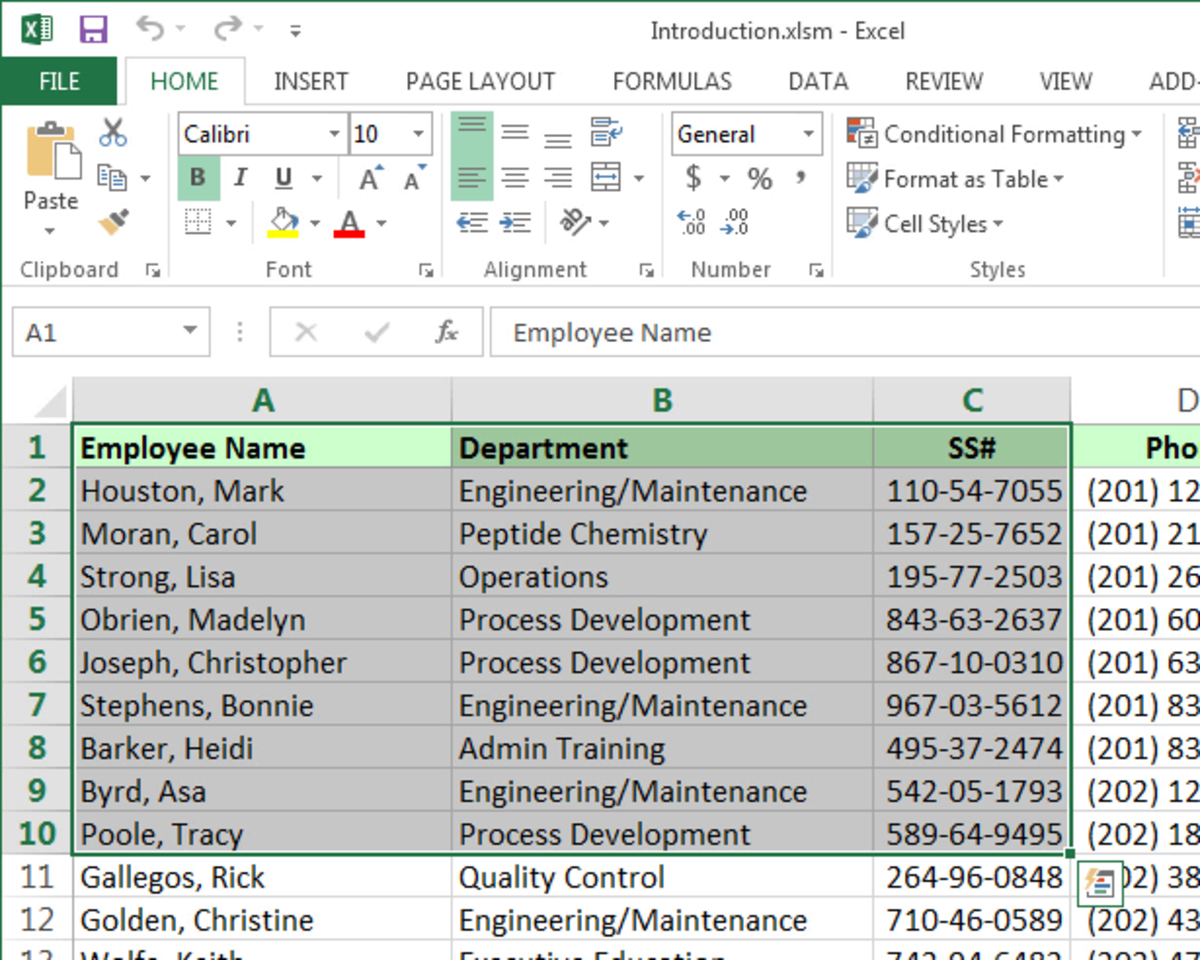
Remember, the amount or length of text or numbers that you can type into this split cell is limited, compared to horizontally or vertically split cells.

If the alignment breaks, decrease the space between your superscript and subscript texts.Ĭreating a diagonally split cell in Word is a hack that allows you to change the formatting of your table. Whether you have a long line of text or not, it’s best to adjust your font sizes accordingly to make sure that your text fits well and is still readable. Here, click the superscript button and type the text you want into the upper part of the split cell.īoth superscript and subscript fonts have a relatively smaller font. Then, use the space bar to create spaces to transfer to the other side of the split cell. In the lower corner of the split cell, click the subscript button and enter your text. This should be next to the strikethrough text style. On the Font toolbox, look for the subscript and superscript font tool. In order to do this, you have to click the cell you have just split. The trick with a diagonally split cell, however, is to make sure that your data, whether it be text or number, be easily readable. It allows you to add an extra row or column on one single cell without affecting the rest of the table, such as adding extra rows or columns. Now what you have to remember is that a diagonally split cell has a cosmetic function. You can choose either one depending on your need. For diagonally split cells, you will see two options: diagonal down border and diagonal up border.
Windows grid table in word how to#
The options are endless.Under the Borders option, you can see the many ways you can split cells and how to format borders. All of the buttons and groups on the Home tab are available for formatting tables as well as documents. If the formatting feature you need is not on the Shortcut menu (which is fairly limited), click the Home Tab and select the features you need from the Font or Paragraph group. Right-click anywhere inside the table, and this small menu pops up adjacent to the longer Table Options menu. If you want to change the font or customize the paragraphs inside the table, use the Format Shortcut menu. Select Table Tools > Design > Table Styles, then scroll through the gallery of styles. The table below uses one of the many preset styles that comes with Word. Make your table pop with Table Styles, Shading, Border Styles, Borders, or Border Painter. Click the down arrow in the field box under Art, then choose a border-mostly simple clip art-from the list. Select Table Tools > Design > Borders > Border Painter, and click the Page Border tab in the Borders and Shading dialog box. There’s also an option to add artwork borders to your pages.

If you don’t like a feature you’ve added, just click the Undo button or press CTRL-Z. There’s no learning curve, just play with the features and see what happens. Highlight your table, then select Table Tools > Design> Table Styles, Shading, Border Styles, Borders, or Border Painter (see the graphic below for ideas). The Design tab is for adding borders, shading, styles, and customizing the header columns and rows. Wrap text around a table, change cell margins, convert table back to text, sort the table data, and/or add formulas. Review the Formula Format table in the graphic below for the correct commands that tell Word which direction to calculate (these go inside the parentheses). Word calculates the column of numbers and places the calculation in the target cell (where your cursor resides). Type Above between the parentheses, choose a format under Number Format such as dollars, percent, or general, then click OK. If you are unfamiliar with the formulas Word provides, click the down arrow under the Paste Function field, and choose a formula from the list. In the Formula dialog box type the SUM() formula in the Formula field box. To calculate the total salaries, position your cursor in the last row and the last column cell, and click the Formula button under the Data group.
Windows grid table in word plus#
I added a Salary column to the table below and entered some dollars, plus a new row at the bottom for the salary totals. You can even insert formulas to calculate your numeric data. Just choose the separator you prefer, so when the table grid disappears, the data isn’t all jumbled together. You can also convert your table back to a text block. For example, you can sort by Last Name, then by First Name. You can sort by column numbers or by column headers, and it provides two sort levels. With the table still highlighted, click Table Tools > Layout > Data > Sort to sort the table data alphabetically or numerically, just like in Excel. Select Cell Margins to change the margins inside each cell. Other features include Table Properties, which provides several options for aligning the table with the text or wrapping text around your table.

Menu options to modify a table structure.


 0 kommentar(er)
0 kommentar(er)
